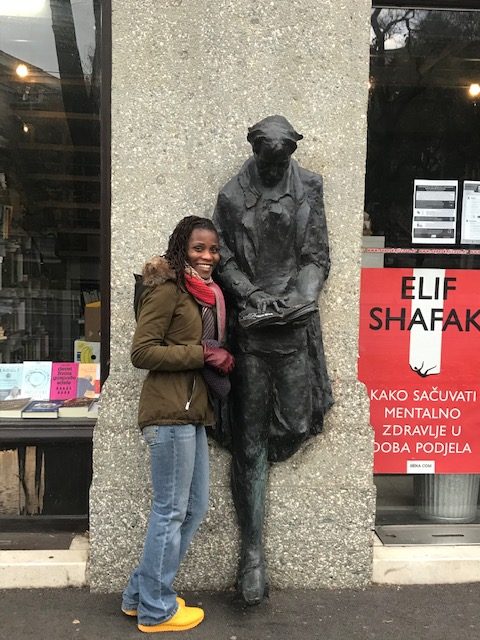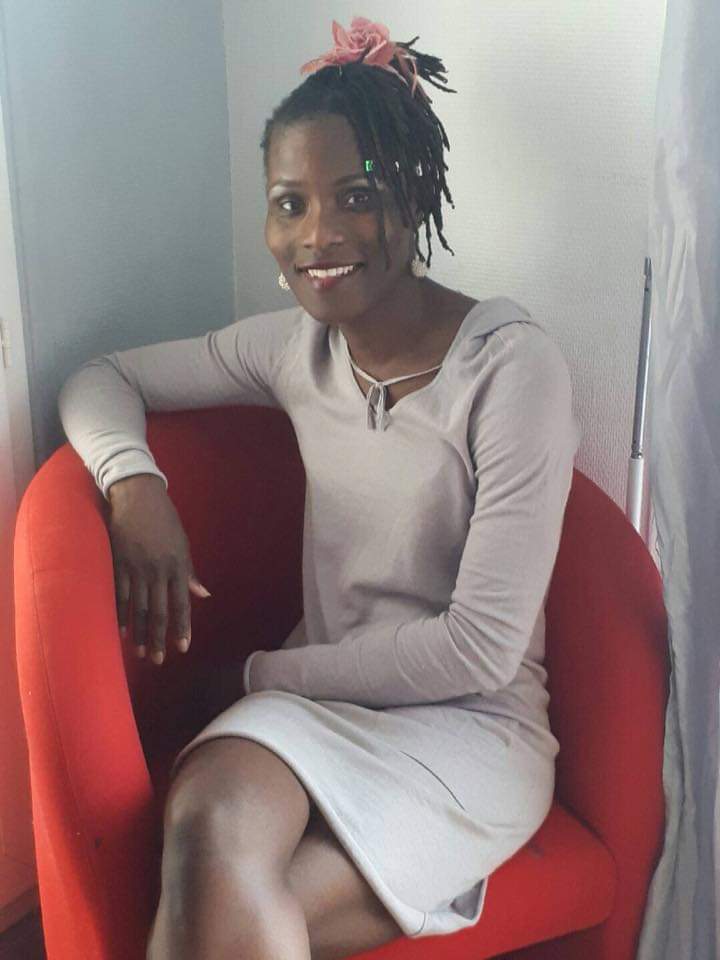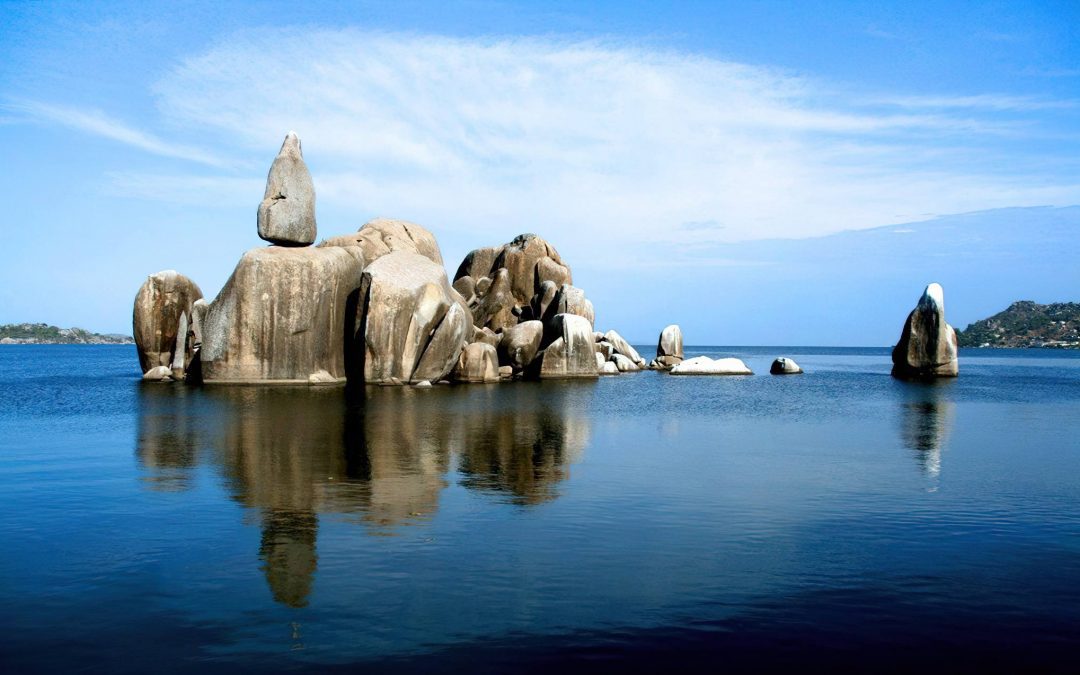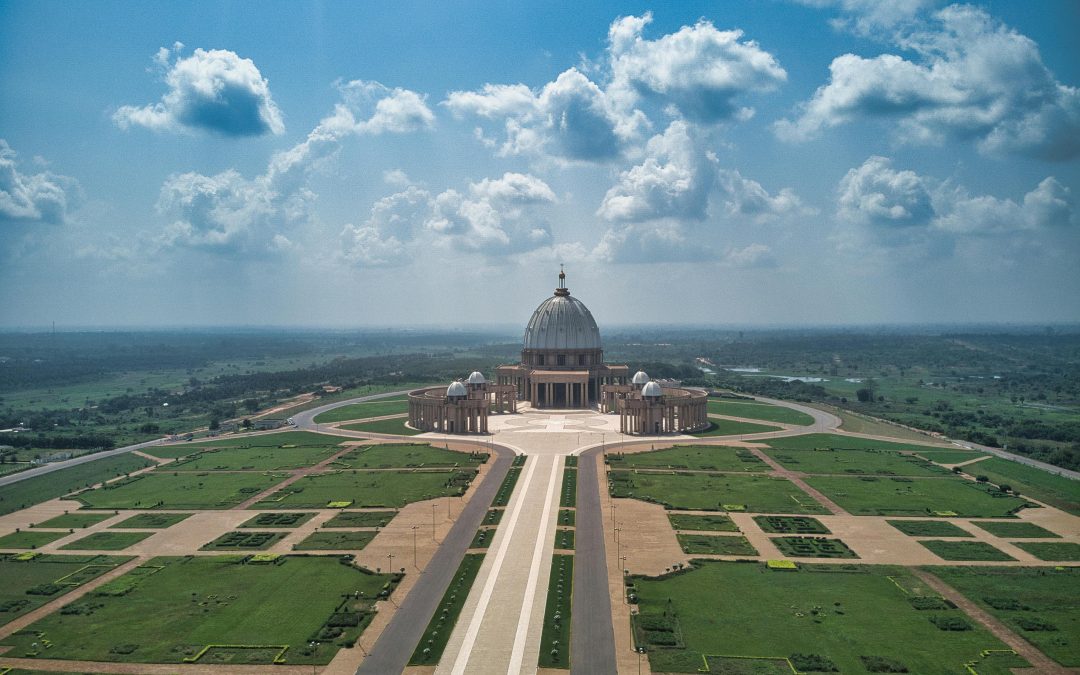
BASILICA OF OUR LADY OF PEACE — YAMOUSSOUKRO, CÔTE D’IVOIRE
The morning the basilica taught me how to look up
It was the light that did it. Ivory light on ivory marble, gathering itself on a great colonnade before it dared the dome. I’d come into Yamoussoukro just after dawn, the air cool, the palms still speaking in yesterday’s breeze. And there, ahead on Rue de St‑France, the Basilica of Our Lady of Peace rose out of the low savanna like an idea that refused to fit inside the sky. People compare it to St. Peter’s in Rome; you will too. But when the sun cut a thin halo along the cross that tops its cupola, I lost my ability to compare and did the only reasonable thing: I looked up and went quiet.
“Bienvenue,” said the attendant at the gate. “Take your time.” I would need it. This is the largest church in the world—a Guinness‑blessed fact—rising to 158 meters with an overall area around 30,000 m², a neoclassical dream executed in cream‑toned imported marble and walls of stained light. Built between 1985 and 1989, consecrated in 1990 by Pope John Paul II, and designed by architect Pierre Fakhoury, the basilica is audacious, controversial, and unforgettable, all at once. [krugerpark.travel], [sanparks.org]
I started on the esplanade, a plaza so broad it made my steps sound small. 272 Doric columns hold the surrounding colonnades like an army at rest, and the symmetry calms you even as your scale begins to wobble. Inside, an usher in a navy blazer, speaking the soft French of Côte d’Ivoire, pressed a pamphlet into my hand and tapped the last line: “Paix.” Peace. In a space this vast—capacity around 18,000 worshippers—the word takes on a different shape. [sanparks.org]
What the marble says (and what the light answers)
If architecture is a language, the basilica is eloquent bordering on operatic: Renaissance‑ and Baroque‑revival forms translated into West African light, a cupola intentionally a touch lower than St. Peter’s but crowned by a larger cross, a quiet design wink in a decades‑long architectural conversation. Marble from Italy cools your palms at the pew ends; thousands of square meters of stained glass break the morning into a hundred parables on the polished floor. [krugerpark.travel], [sanparks.org]
The guide who gathered us—two students from Abidjan, a retired couple from Lyon, a pilgrim with a rosary and an untroubled face—told the story with the cadence of someone who had lived with it a long time: the vision of Félix Houphouët‑Boigny, the country’s first president, to build in his hometown a monument to faith and nationhood; the cost estimates that still spark debates (US$175–600 million); the promise of a hospital made at consecration and the reality of its eventual opening in 2015, delayed by years of turmoil. I had read the numbers; hearing them in this echo made them sound less like controversy and more like a chronicle. [krugerpark.travel], [sanparks.org]
We stood below the 90‑meter outer dome and craned up until the guide laughed and warned us not to tip backward. “People think grandeur is the point,” he said, “but scale is a method. It makes you humble enough to listen.” I did. And what I heard, beneath the whispers of tourists and the shush of a broom across stone, was the building itself—its Latin‑cross plan, its encircling colonnades, its light like a steady tide. [krugerpark.travel], [sanparks.org]
Daybreak, noontide, and a quiet Sunday
Mornings are best for the exterior—the shadows grace every cornice, and the esplanade’s heat hasn’t yet gathered its thoughts. Noon is for a slow walk around the inner ambulatory, when the stained glass is loud and the nave is a bowl of color. Sunday afternoon, when the basilica reopens after the earlier liturgies, the space feels freshly used; you see the place as a house of worship rather than a curiosity.
For practicalities: visitors typically find weekday morning opening hours and a Sunday afternoon slot; check the basilica’s information and local listings before you go—times can shift with liturgical needs and local holidays. Guided tours of 60–90 minutes are widely offered on site in French (often with English support), and independent guides can be arranged—sometimes from around a few dollars for the ticketed tour depending on season. Always verify the latest hours and prices on arrival in Yamoussoukro or via reputable tour platforms. [sunbirdlodge.com], [royalgameg…ouse.co.za]
The paradox everyone mentions (and how locals talk about it)
You cannot read about this place without encountering the paradox: the world’s largest church built in a country where Catholics are a minority and in a city far smaller than Abidjan, funded at staggering cost during economic headwinds. It is the conversation starter and ender—a symbol of pride to some, a monument to imbalance for others. A thoughtful overview helps: the basilica’s consecration conditions, including the hospital pledge; the debates over national debt at the time; and the ongoing role of the basilica as a site of pilgrimage, tourism, and employment. I found that Ivorians talk about all of this frankly, often with generosity and sometimes with humor. It feels better to hear it from them than to arrive with a lecture already written. [sanparks.org], [sanparks.org]
How to see it like a pilgrim (even if you aren’t one)
Bring a question with you—any question you’re genuinely carrying. This is a place that amplifies inner noise until it resolves into music. I sat in the nave’s half‑shade and watched dust move through a beam of light with such conviction it seemed choreographed. A small choir rehearsed in the distance; their Kyrie rose and fell like breath. I am not always adept at silence, but the basilica’s scale demanded it and then rewarded me for attempting.
A guard approached later and, with a smile, tapped the modesty sign: shoulders and knees covered, hats off, a request rather than a scold. It’s good etiquette here (and across Côte d’Ivoire) to dress with a bit of reserve—especially in sacred spaces or rural areas—greet people warmly (“Bonjour, Monsieur/Madame”), ask permission before photographing anyone, and accept hospitality with gratitude. [chiefalber…news.co.za], [independen…news.co.sz]
Practical Guide — Planning your Yamoussoukro basilica day
Getting there
- From Abidjan: It’s roughly 2.5–3.5 hours by road depending on traffic and stops; most visitors base in Abidjan and day‑trip, combining the basilica with Crocodile Lake or the presidential complex viewpoints. Local tour operators and private drivers are abundant. (For guided basilica visits and combined city tours, TripAdvisor listings provide current options.) [royalgameg…ouse.co.za]
Opening times & tours
- Expect weekday morning openings and Sunday afternoon access; the site often operates a ticketed guided tour (about 60–90 min) that takes you through nave, chapels, and viewpoints. Confirm times in town; hours may vary with feast days. [sunbirdlodge.com], [royalgameg…ouse.co.za]
Dress & conduct
- Modest clothing (shoulders/knees covered) recommended; hats off inside; quiet voices; ask before photos of staff/faithful. Greetings matter. [chiefalber…news.co.za]
Best light
- Early morning for façade and plaza; late afternoon for warm‑toned photography; midday for maximal stained‑glass drama.
Nearby context
- Remember the basilica is a minor basilica, not the cathedral; the Cathedral of Saint Augustine nearby is the diocesan seat—worth a quick stop to understand the local ecclesial map. [krugerpark.travel]
Visas & entry
- Many nationalities use the Côte d’Ivoire e‑Visa, typically up to 90 days, applied online and picked up on arrival at Abidjan (Port‑Bouët) airport. Yellow fever vaccination is required; carry your ICVP (yellow card). Always check the official portal or a trusted advisory before travel; rules can change. [nicd.ac.za], [destinatio…clinic.com]
Culture & etiquette essentials
- Côte d’Ivoire is richly diverse (60+ ethnic groups). A warm “Bonjour”, a handshake with the right hand, small gifts if invited to a home, and modest attire in rural/religious settings go a long way. Avoid political debates in casual settings. [independen…news.co.sz], [safari.com]
A note on controversy and care
- Be sensitive when raising cost or politics; local guides will often address it themselves. The basilica’s hospital pledge and its later opening are part of the story and are frequently discussed during tours. [sanparks.org]
A short itinerary you can actually follow
08:15 – Arrive on the plaza; walk the outer colonnades clockwise for changing light.
09:00 – Join the guided tour; linger in the nave afterward to absorb the stained glass.
10:45 – Coffee under the palms; then a quick drive to St. Augustine Cathedral for contrast.
12:30 – Lunch in town (ask your guide for a maquis with good attieké).
14:30 – If Sunday, return for the afternoon opening; otherwise, explore the Houphouët‑Boigny Foundation exterior and Crocodile Lake viewpoints.
17:00 – Golden hour back on the esplanade; the cross on the dome threads the sky. [royalgameg…ouse.co.za] [krugerpark.travel]
Leaving with what matters
I left with a memory I didn’t expect: a woman in a blue wrapper, seated three pews ahead, who lit a candle and simply sat with it. The flame was tiny in that great bowl of light, and still it changed the color of the air around it. That’s the basilica’s secret, I think. Grandness in service of the small, and silence that makes room for a single human hope.

Written by Kariss
More From This Category

Lake Victoria
Travel is often framed as escape—a break from routine, a journey into the unknown. But for many, travel is not about leaving—it’s about returning. Returning to roots, to stories, to places that shaped us. It’s about reconnection. The British-Kenyan swimmer and writer Rebecca Achieng Ajulu-Bushell shares a deeply personal reflection on Lake Victoria, the largest tropical lake in the world and a place that holds her family’s history, her identity, and her first love—swimming.

Lake Victoria
Travel is often framed as escape—a break from routine, a journey into the unknown. But for many, travel is not about leaving—it’s about returning. Returning to roots, to stories, to places that shaped us. It’s about reconnection. The British-Kenyan swimmer and writer Rebecca Achieng Ajulu-Bushell shares a deeply personal reflection on Lake Victoria, the largest tropical lake in the world and a place that holds her family’s history, her identity, and her first love—swimming.

Lake Victoria
Travel is often framed as escape—a break from routine, a journey into the unknown. But for many, travel is not about leaving—it’s about returning. Returning to roots, to stories, to places that shaped us. It’s about reconnection. The British-Kenyan swimmer and writer Rebecca Achieng Ajulu-Bushell shares a deeply personal reflection on Lake Victoria, the largest tropical lake in the world and a place that holds her family’s history, her identity, and her first love—swimming.
0 Comments
Our Newsletter


0 Comments